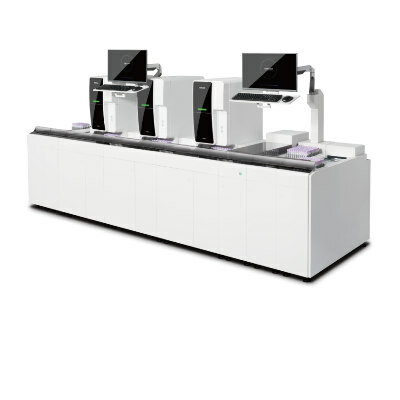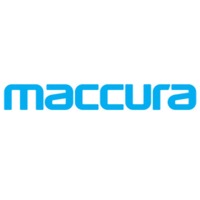Nanowire Technology Could Lead to Research Breakthroughs
By LabMedica International staff writers
Posted on 27 Apr 2011
A team of Danish investigators has been able to combine nanoscale materials and technologies that are conventionally used for electronic devices with individual living cells. The researchers have shown that cells can grow and function on a carpet of small upright needles made of semiconductors--so-called nanowires.Posted on 27 Apr 2011
"We have developed a new method that makes it possible for us to see how the cells function when they are impaled on carpets of nanowires. We think that the technique has great potential and that it could be used in laboratories within a couple of years to develop. For example, it could be used by the pharmaceutical industry to test new drugs for a variety of diseases including neurological problems, cancer and heart disease,” explained Dr. Karen Martinez, who is group leader of the BioNano group, department of neuroscience and pharmacology at the University of Copenhagen (Denmark).
With this advance, the Danish research group is now at the top of international research in this interdisciplinary field of research, together with a few groups from Harvard University (Cambridge, USA), University of California, Berkeley (USA), and Lund University (Sweden).
"The [University of Copenhagen] Nano-Science Center brings together biologists, physicists, pharmacologists, and chemists who are working together across traditional research boundaries, and this breakthrough at the Nano-Science Center is a direct result of the cultivation of this interdisciplinarity in the long-term strategic focus at the Nano-Science Center,” explained the new director of the Nano-Science Center Prof. Morten Meldal.
Nanophysicists Jesper Nygård and Claus Sørensen are in charge of the development of nanowires with a diameter of approximately 100 nm and Dr. Martinez is responsible for the knowledge of the function and handling of cells. The project benefits considerably from the interdisciplinary background of Trine Berthing, a PhD student in nanoscience, who has been working on this project since the beginning of her graduate studies in nanoscience in 2007.
"We have come much further than I would have predicted just a few years back when the research resembled science fiction. Actually, we took a bit of a chance when Trine started, but soon discovered that there was research potential. Now we have a method that makes it possible to incorporate several nanowires in a cell while the cell functions,” explained associate professor, Dr. Martinez, who will continue to investigate the technique's industrial potential, for example, with the help of the start-up company inXell bionics, created by researchers from the University of Copenhagen.
Related Links:
University of Copenhagen













